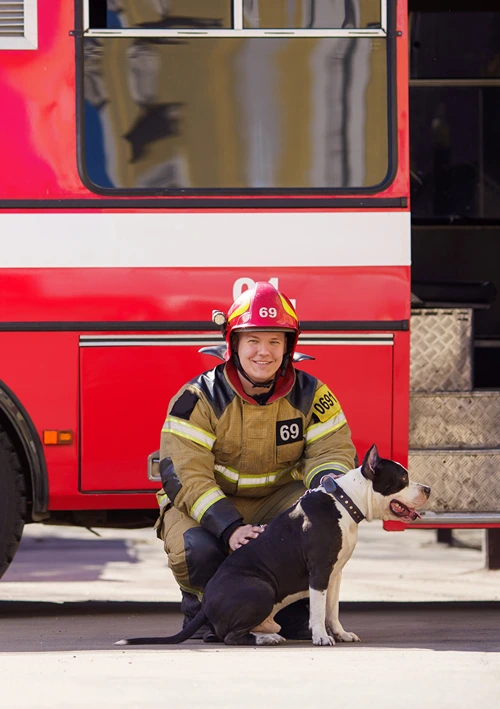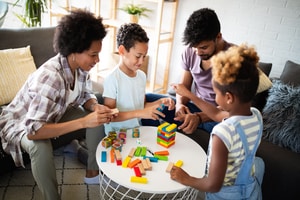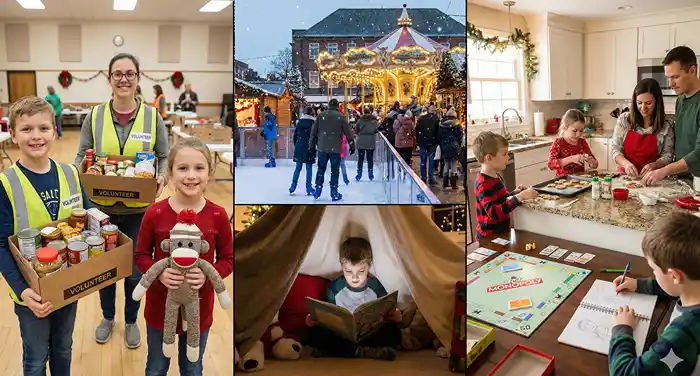Teaching Fire Safety to Children: Making It Stick Without Fear
It’s something we hope never happens: a fire breaking out at home or school. As much as it’s our job to protect kids from scary situations, they need to know what to do if one ever occurs. Teaching fire safety doesn’t have to be frightening or overwhelming! The more practical and routine it feels, the better kids remember it.
According to the National Fire Protection Association, U.S. fire departments respond to more than 45,000 home fires involving children yearly. Many of these fires are preventable, and even when they’re not, early education can drastically improve a child’s chance of escaping safely. So, how do you talk to kids about fire safety in a way that feels empowering, and not scary?
Start with Small, Clear Lessons
For younger children, the message should be simple and focused on action. You don’t need to give them every detail. Focus on what they can do:
- Recognize the sound of a smoke alarm.
- Know how to get out of the house if there’s smoke.
- Understand “stop, drop, and roll” if clothes catch fire.
- Never hide during a fire—always go outside and stay outside.
Children remember things best when the rules are short and repeatable. Reinforce ideas in small doses, over time. For example, when you check your smoke alarms each month, take a minute to talk about what that sound means.
Turn It Into Something Familiar
One of the easiest ways to help kids absorb safety information is to include it in their routines. You don’t need a formal lesson! Everyday moments like walking through the house, drawing a picture, or packing a school bag, are opportunities to build awareness.
In some classrooms, fire safety drills and reminders are even printed on items kids use daily, like bookmarks, folders, or pencils. These custom school supplies don’t feel like lessons, but they gently reinforce important messages. They become part of the learning environment in a low-key, effective way.
Practice Makes Prepared
Like anything, fire safety is a skill that improves with repetition. Kids won’t remember what to do if they’ve only heard it once. That’s why it’s so helpful to carry out fire safety simulations in schools and walk through your family’s fire escape plan at home, even if just once or twice a year.
Start by pointing out exits and testing the smoke alarms together. Then, practice a drill where everyone meets at a specific spot outside. Make it calm and even a little fun. The goal isn’t to rush or scare, it’s to help kids feel capable and prepared.
You can also ask “what if” questions during the day. What if the hallway was filled with smoke? What if the kitchen alarm goes off? Where would we go? This mental rehearsal helps children think ahead and respond faster in real situations.
Fire Safety Week: A Natural Opportunity
Each year, schools around the country recognize Fire Prevention Week in October. It’s a great time to reinforce messages about fire safety at school and home.
Many teachers prepare age-appropriate activities, from coloring sheets and reading aloud to short videos and guest visits from local firefighters. For younger grades, these are a chance to learn about safety in a fun, approachable way.
There are also Fire Safety Week products that support learning, like sticker sheets, home checklists, and themed activity books. These resources help spark conversations and give kids a way to take what they’ve learned back home.
Families can use this time to run a practice drill, update their emergency contacts, or talk about how to call 911. A few minutes of review each year can make a lasting difference.
Keep It Positive and Age-Appropriate
One of the most important things when teaching fire safety is to keep the tone reassuring. You’re not trying to scare kids into behaving safely; you’re helping them feel prepared and strong. Avoid graphic details or upsetting stories, and focus on what they can do to stay safe. Remind them that adults are all working to protect them.
With younger children, it’s okay if they don’t remember every step perfectly. The goal is to build a foundation that will be revisited and reinforced over time. For older kids, you can include more detail and even encourage them to help create the family safety plan.

Build Confidence Through Routine
Like brushing teeth or looking both ways before crossing the street, fire safety should feel like a normal part of life. The more often you talk about it casually, every day, the less intimidating it becomes.
During Fire Safety Week or any other time, take a few minutes to ask your kids what they remember. Practice crawling under a table like it’s low smoke, or point out two ways out of a room. These little moments build familiarity, and that builds confidence.
Final Thoughts
Teaching kids about fire safety doesn’t need to feel like a formal lesson or a serious lecture. It works best when it’s practical, repetitive, and calm. By starting with clear, simple steps and repeating them throughout the year, you give children the tools to act if the unthinkable ever happens. Tools like Fire Safety Week products can support those lessons subtly but effectively.
Most importantly, you’re not just preparing them for a fire. You’re helping them learn that safety starts with awareness and that confidence comes from knowing what to do.





